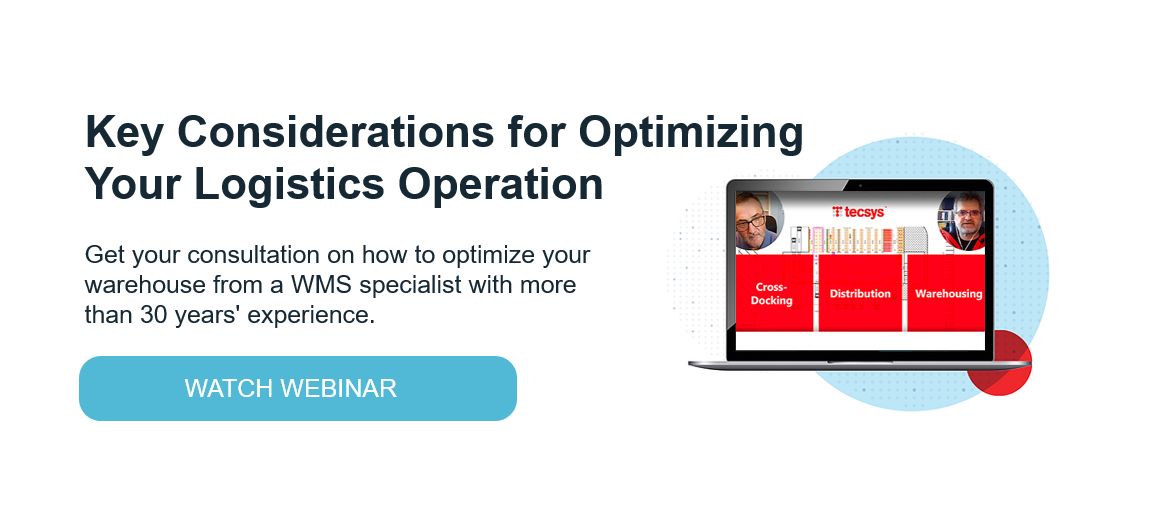10 Tips for Optimizing Your Routes

This article was originally published on Inbound Logistics.
This list of tips covers three critical phases: planning (1 to 3), implementation (4 to 7), and program optimization (7 to 10). Each phase calls on different teams to be involved and pursues discrete goals.
1. Get all key stakeholders on the same page. Understand their needs and expected business challenges as you plan for route optimization. Take into account their key business problems, their definition of success for a route optimization program, and what they would consider a failure.
2. Document expected changes. As part of those stakeholder conversations during the planning phase, examine any unrelated changes to business operations that may be on the horizon, noting any significant changes in forecasted business volumes and any geographical growth planned. Also factor in any new fulfillment channels and most critically, any considered changes in customer service levels.
3. Find the right route optimization partner. While this seems obvious, finding the right solutions partner to work with is the most critical factor beyond understanding the problems you are trying to solve. Has your partner worked in your industry? Does their “culture” fit yours? Does the level of their expected involvement in the project match yours?
4. Start with a pilot project. To begin, optimize a small subset of your routes—or even just one. Select a route that needs help but will be self-contained and you know well enough that you can run your optimization and understand the impact without finding out from the driver.
5. Begin with the best. Always use your best driver as your guinea pig during the implementation phase. Find a driver who will be willing to work with you as a partner and understands the value of the optimization project. This driver will be your ambassador to the rest of the fleet. Make sure that they are involved in the ongoing implementation project as a valued member of the team.
6. Get a quick win. Once you have one or two routes running effectively, publicize your success and ensure that the key stakeholders are aware of your progress. Use real-world value—such as reduced carbon footprint, miles saved and, ultimately, dollars saved—to express the success of your project.
7. Make customer relationships your best friend. Understand your customers’ preferences and historical needs as you implement route optimization. Focus on these pilot routes to make sure you know what your optimization project will do to these customers’ pick-up times, drop-off times, and service levels. The last thing you need is a customer complaint caused by your route optimization.
8. Optimize during implementation, not after go-live. Work with your partner to define your ongoing optimization process before you even implement your pilot project. Use the pilot project to tune your optimization process with precision, as if you were already live.
9. Get ahead of the curve with what-if scenarios. Think through ideas like: What if I lost a driver? What if my volumes increased by 20%? What if I opened another depot? Your delivery requirements are guaranteed to change, so make sure you have considered potential responses to those changes.
10. Review your historical data. This is important in order to understand metrics about your performance and service levels. Continuous optimization is a process of comparing cost against service and accuracy. Your optimization software should offer you these key metrics. Watch them closely and you should be in good shape.




